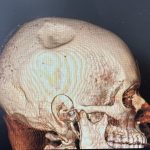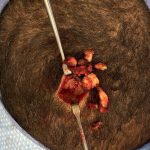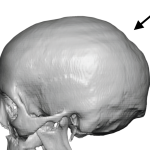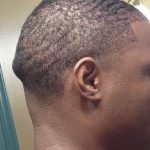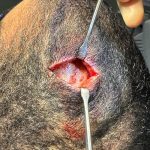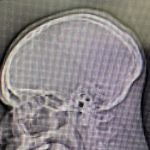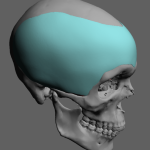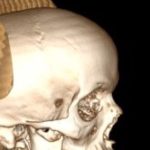Preoperative Skull Reduction Bone Thickness Assessment
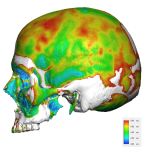
Skull reduction is a specialized cranial contouring surgery designed to reduce and reshape areas of the skull to create a smaller, smoother, and more proportionate head shape. The procedure involves thinning or removing portions of the outer skull bone to achieve the desired contour. It is most commonly performed for aesthetic purposes—to refine a high, Read More…



